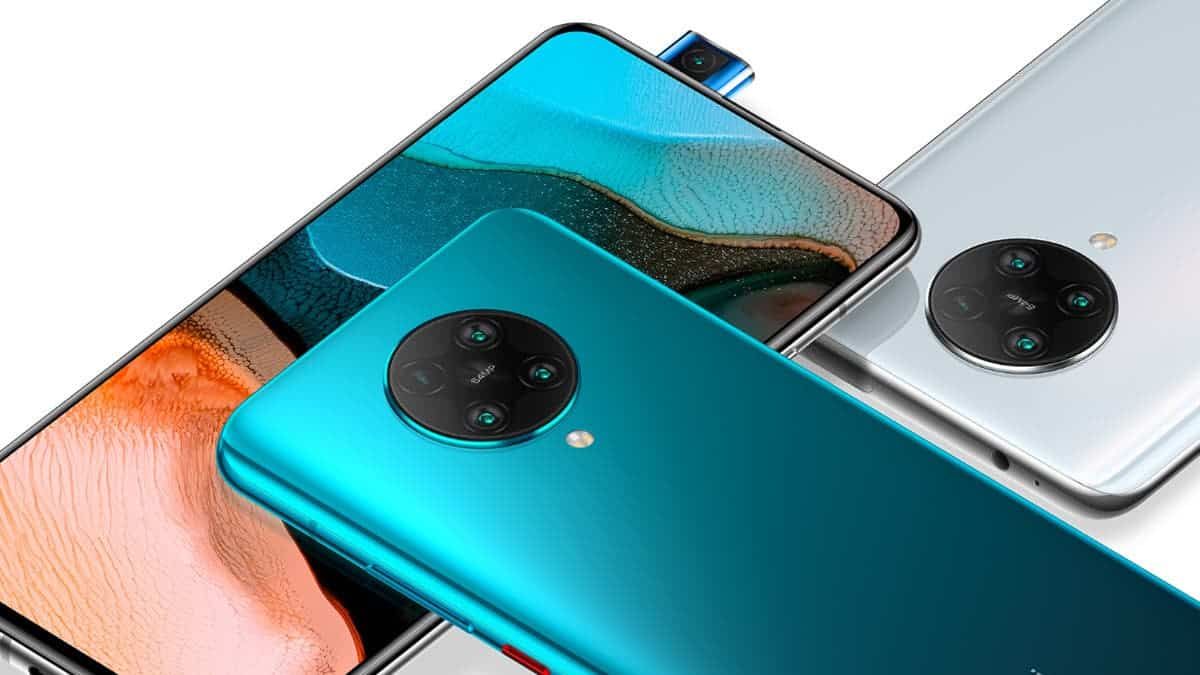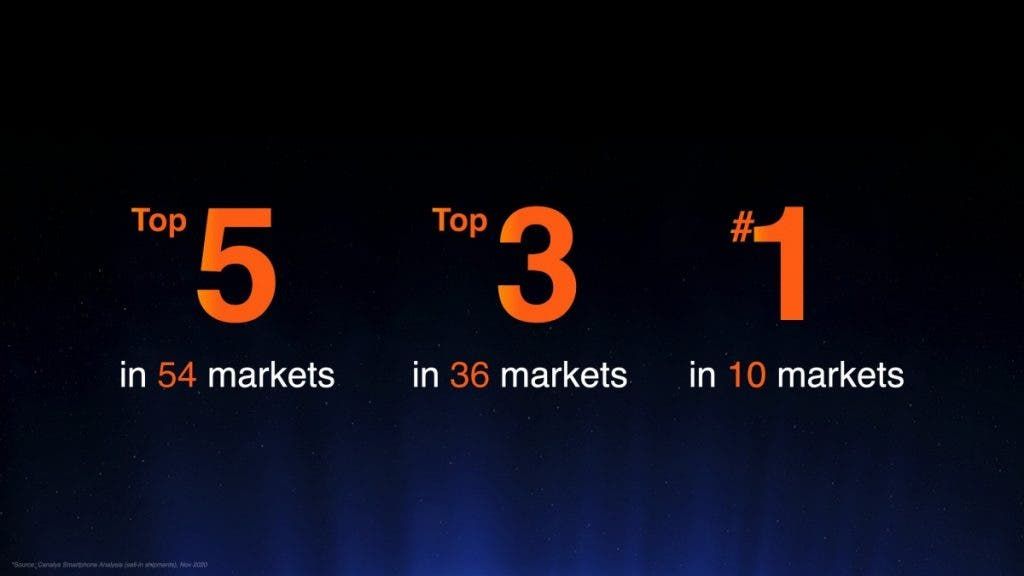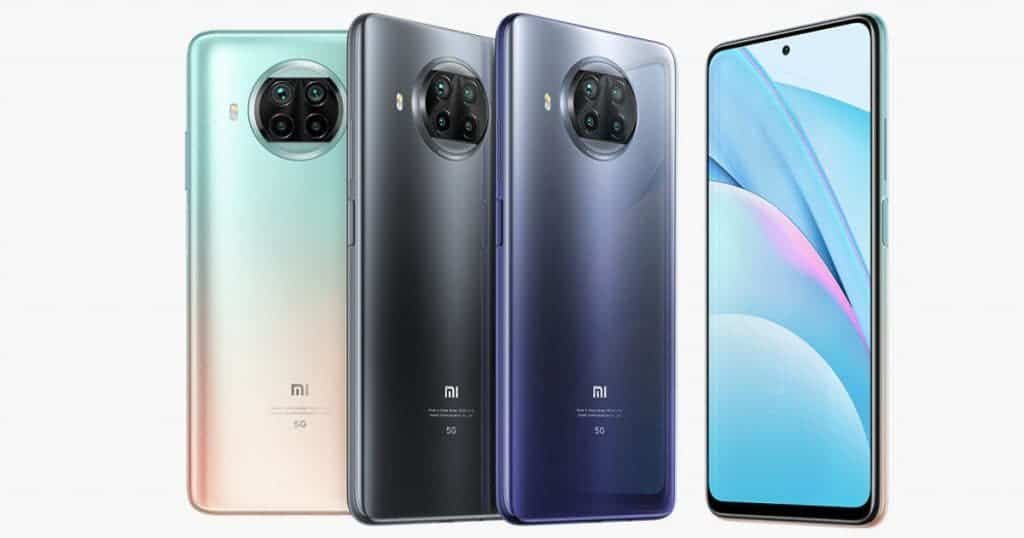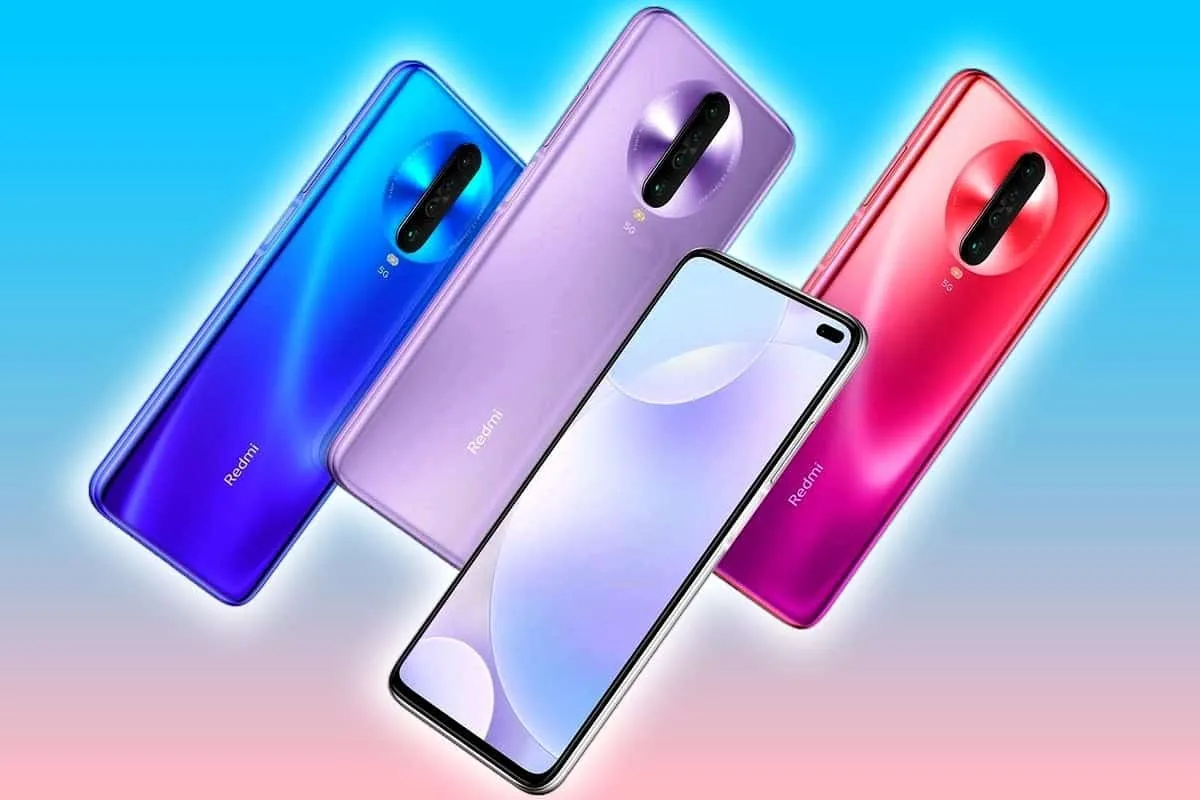Yesterday, Xiaomi introduced the Redmi K40, Redmi K40 Pro and Redmi K40 Pro + smartphones, which received the same screen. It's a Samsung AMOLED E4 panel with a 120Hz refresh rate and FHD + resolution, which has been rated DisplayMate A +.
Lu Weibing, President of Xiaomi Group China and General Manager of the Redmi Brand, recalled the pop-up camera of the Redmi K20 Pro and K30 Pro, saying that then they were trying to achieve the maximum effective display area.

However, according to him, the pop-up camera module is too large and takes up too much useful space. Therefore, the manufacturer decided to choose a different direction in the new line. This time the task was to release a smartphone with a record-breaking small hole for the front camera.
Redmi K40, Redmi K40 Pro and Redmi K40 Pro + smartphones have received batteries with a capacity of 4520 mAh with support for 33-watt charging.
In addition, Redmi K40 smartphoes has received a charger, case, film and cable as standard.

Xiaomi is the third smartphone brand globally, Redmi Note series crosses 200 Million shipments milestone
Xiaomi was the first company to unleash a flagship with Qualcomm's Snapdragon 888 chipset. The brand revealed the Mi 11 in December alongside MIUI 12.5. Recently, the company has officially announced the new flagship for global markets, alongside the respective version of MIUI made for the global audience. Besides the new software skin and flagship, the company used the opportunity to reveal details about its progress. Despite the ongoing pandemic that ravaged the market last year, the brand managed to become the third-largest smartphone brand in the world. Redmi brand also broke some records last year.

According to the brand's report, it is the first smartphone brand in ten markets, which includes India as one of the most notable ones. Moreover, it achieved at least the third position in 36 markets. The Chinese giant also is the fastest-growing brand in the high-end segment with an impressive 3,639% growth year on year in Q3 2020. This includes devices that cost more than $500.
Xiaomi invested in the R&D department and improved its manufacturing process
Between the last quarter of 2019 and Q3 2020, Xiaomi invested over $1.3 billion in the R&D department. As a result, 2,143 camera tests that used to take 3 to 4 days have been fully automated. Nowadays, the brand is capable of testing its cameras in just one day. The brand also improved its cameras and software. The Xiaomi Mi 10 Pro, for instance, kept the first place at the DxOMark camera ranking for 48 days. The Mi 10 Ultra was on top for nearly two and a half months. The Mi 11 also performed well in the camera benchmark website. The audio lab also is doing equally successfully. The Mi 10 Pro was the best phone in the DxO Audio tests for most of 2020. The brand also has more labs for the development of 5G, displays and one that improves the phone's overall stability.

Besides the Mi branded phones that are doing quite well in the high-end segment, the company's Redmi branch is also bringing a lot of money. So far, the Redmi Note series has shipped more than 200 million units around the world. For comparison, that number was just 140 million in November of last year and 100 million in October 2019. We expect these numbers to reach a new higher spot in 2020 with the arrival of the Redmi Note 10 series. Just like the Chinese Redmi Note 9 series, we expect Redmi to bring at least two 5G smartphones in the Redmi Note 10 series.
Worth noting, that Xiaomi's growth also comes in light of Huawei's demise. However, we have to credit the former for knowing how to take the best of an opportunity.






Place comments
0 Comments
You are currently seeing only the comments you are notified about, if you want to see all comments from this post, click the button below.
Show all comments